Calligraphy alphabets. Calligraphy has captivated artists and hobbyists for centuries. From ornate medieval manuscripts to modern wedding invitations, the art of calligraphy writing continues to enchant with its elegance and personal touch. Whether you’re a beginner or someone looking to refine your skills, understanding calligraphy alphabets is essential to mastering this beautiful craft.
In this comprehensive guide, we’ll explore the history, styles, tools, and techniques that make calligraphy alphabets a timeless and fulfilling pursuit.
What Are Calligraphy Alphabets?
Calligraphy alphabets refer to stylized forms of writing each letter of the alphabet in a decorative and artistic way. Unlike standard handwriting, calligraphy uses deliberate strokes, specific tools, and often follows traditional styles or scripts. Each letter is crafted with attention to detail, rhythm, and form.
A Brief History of Calligraphy Alphabets
The Origins
Calligraphy has roots in several ancient civilizations, including:
- Chinese Calligraphy: Dating back over 2,000 years, Chinese calligraphy emphasized brush control and fluidity.
- Arabic Calligraphy: Known for its flowing curves and connection to Islamic art.
- Western Calligraphy: Emerged during the Roman era, eventually giving rise to various scripts like Carolingian and Gothic.
Evolution in the West
Western calligraphy saw the development of numerous alphabet styles:
- Uncial and Half-Uncial: Early Christian texts.
- Gothic/Blackletter: Dense and angular, prominent in medieval Europe.
- Italic and Roman: Renaissance-era scripts emphasizing beauty and readability.
- Modern Calligraphy: Contemporary forms that merge tradition with personal style.
Popular Styles of Calligraphy Alphabets
1. Gothic (Blackletter)
- Characterized by thick vertical strokes and thin horizontal lines.
- Ideal for dramatic, historical designs.
2. Italic
- Slanted and elegant.
- Often used for formal invitations.
3. Copperplate
- Flourished, elegant curves.
- Popular in wedding and event stationery.
4. Modern Calligraphy
- Less rigid and more expressive.
- Combines traditional structure with creative flair.
5. Brush Calligraphy
- Created using flexible brush pens.
- Dynamic stroke variation makes it ideal for expressive lettering.
Tools You Need for Calligraphy Writing
Basic Calligraphy Tools:
- Dip Pens: Traditional tool with interchangeable nibs.
- Brush Pens: Ideal for modern and brush calligraphy.
- Fountain Pens: Convenient and refillable.
- Inks: Available in various colors and opacities.
- Paper: Smooth, bleed-resistant paper is essential.
- Guidelines and Rulers: To maintain alignment and consistency.
Learning the Alphabet in Calligraphy
Uppercase and Lowercase Variations
Each script has unique forms for uppercase and lowercase letters. Understanding the proportion and spacing of these letters is key to creating balanced compositions.
Step-by-Step Approach
- Choose a Style: Start with something beginner-friendly like Italic or Modern.
- Practice Basic Strokes: Mastering curves, loops, and lines builds muscle memory.
- Practice Individual Letters: Start with simpler letters like “i,” “l,” and “o.”
- Combine into Words: Begin crafting full words to develop flow.
- Experiment and Refine: Adjust spacing, angles, and style to suit your taste.
Common Mistakes to Avoid
- Skipping Basic Drills: Foundational exercises are crucial.
- Using the Wrong Tools: Not all pens and papers are equal.
- Lack of Consistency: Calligraphy thrives on uniformity.
- Over-Flourishing: Keep embellishments subtle.
- Ignoring Guidelines: Straight lines ensure polished results.
Alphabets for Calligraphy Practice
Here’s a simplified version of common calligraphy alphabets to practice:
Gothic Alphabet (A–Z):
A B C D E F G H I J K L M N O P Q R S T U V W X Y Z
Italic Alphabet:
a b c d e f g h i j k l m n o p q r s t u v w x y z
Copperplate Alphabet:
A B C D E F G H I J K L M N O P Q R S T U V W X Y Z
You can find downloadable worksheets online or create your own with guidelines.
Digital vs. Handwritten Calligraphy Alphabets

Digital Calligraphy
- Created using graphic tablets or design software.
- Easily editable and scalable.
- Ideal for logos and digital branding.
Traditional Handwritten Calligraphy
- Offers a tactile, unique feel.
- Preferred for invitations, journals, and art pieces.
Both forms are valid and often complement each other in modern design.
Calligraphy Alphabet Letter Applications
Weddings & Events
- Invitations
- Table numbers
- Seating charts
Business Branding
- Logos
- Packaging
- Store signage
Personal Use
- Journaling
- Wall art
- Greeting cards
Tips for Mastering Letters in Calligraphy
- Consistent Practice: Dedicate time daily.
- Use Guidelines: Maintain alignment.
- Start Slow: Focus on technique over speed.
- Seek Feedback: Join calligraphy communities.
- Be Patient: Skill improves with time.
How to Choose the Right Letters for Calligraphy Projects
- Consider the Mood: Gothic for formal, Modern for playful.
- Audience: Elegant scripts for weddings, bold for posters.
- Medium: Brush pens for paper, vector letters for digital.
- Complexity: Simple letters for readability, complex for impact.
Advanced Techniques for Calligraphy Enthusiasts
- Flourishing: Add decorative curves.
- Blending Colors: Use multiple ink shades.
- Embossing: Add raised effects with special tools.
- Shadowing: Enhance depth with light grey inks.
- Mixing Styles: Combine Gothic headers with modern text.
Maintaining Your Calligraphy Tools
- Clean Nibs Regularly: Prevent ink clogs.
- Store Pens Properly: Avoid drying.
- Replace Ink When Needed: Keep colors vibrant.
- Use a Dedicated Workspace: Organized and clean.
Conclusion
Calligraphy alphabets offer a timeless avenue for creative expression. Whether you’re exploring traditional Gothic scripts or dabbling in modern brush lettering, the world of calligraphy provides endless opportunities to personalize and beautify written communication. By understanding styles, mastering tools, and practicing consistently, anyone can learn the alphabet in calligraphy and make stunning lettering a part of their life.
FAQ About Calligraphy Alphabets
What is the best calligraphy alphabet for beginners?
Italic or Modern calligraphy alphabets are great for beginners due to their simpler strokes and fewer flourishes.
Can I learn calligraphy without formal classes?
Yes, there are many free and paid resources online, including worksheets and video tutorials.
What paper should I use for calligraphy?
Use smooth, bleed-proof paper specifically made for ink work. Rhodia and Bristol paper are popular choices.
How long does it take to master calligraphy writing?
With regular practice, noticeable improvement can happen in weeks, but mastery often takes months or even years.
Are digital calligraphy alphabets as good as handwritten ones?
Both have unique benefits. Digital offers flexibility and speed, while handwritten has authenticity and charm.

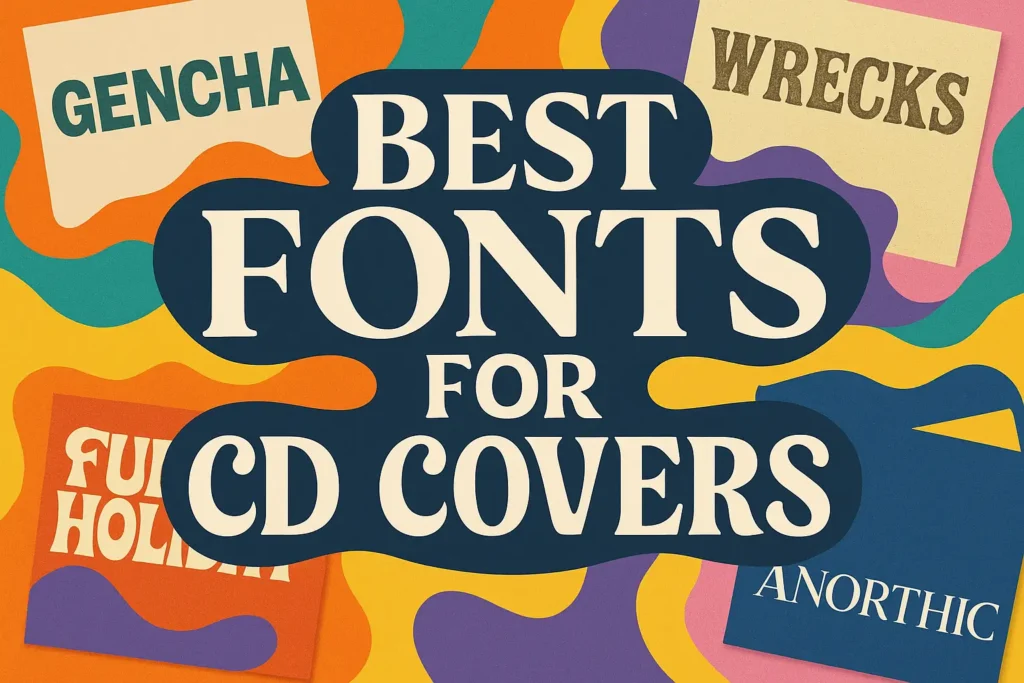
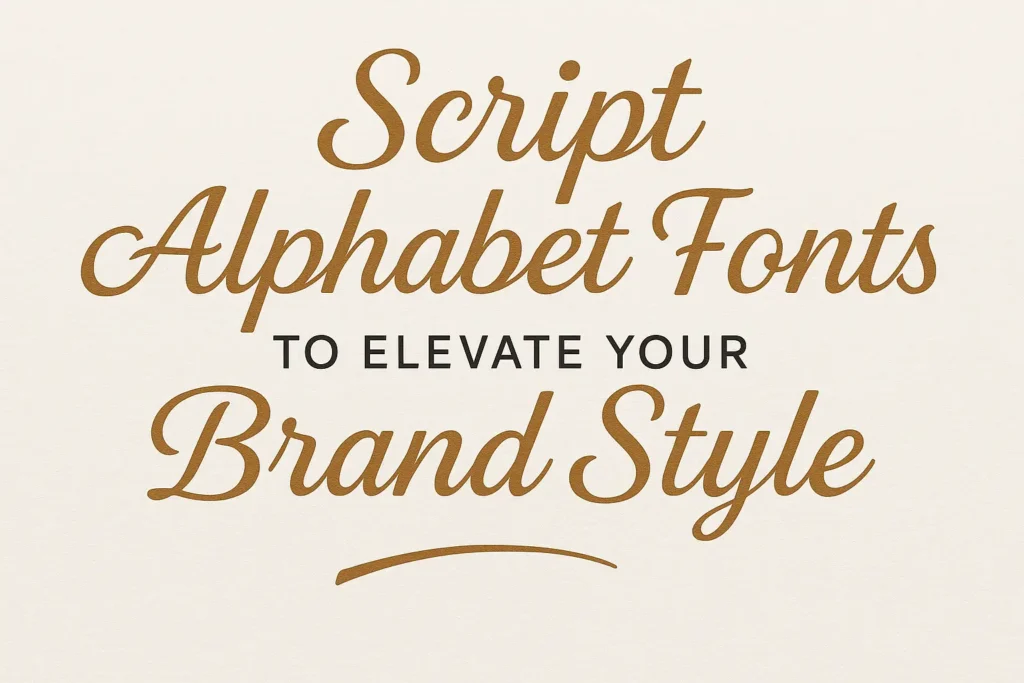
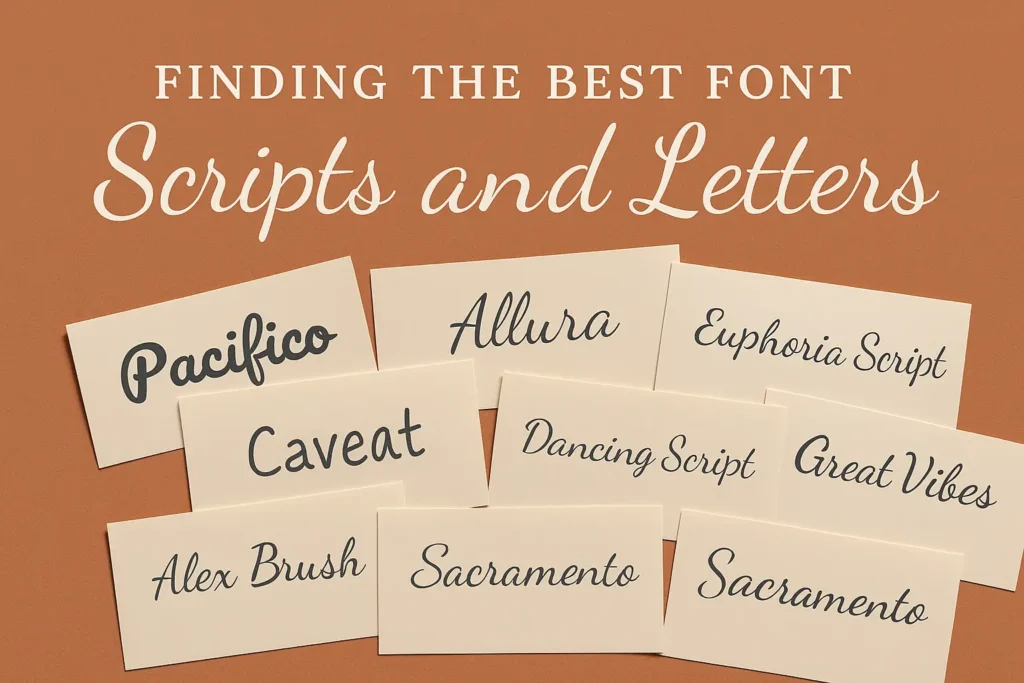

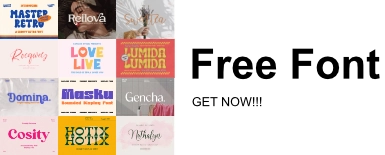



Leave a Comment